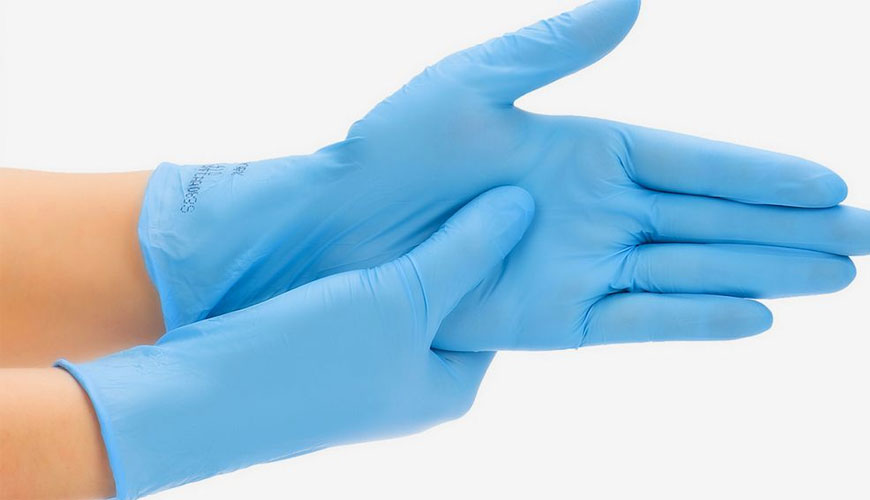

In very simple terms, latex is rubber. Generally, it consists of about fifty-five percent water and about forty percent rubber material. Latex is the soft white substance found under the bark of a mature rubber tree.

Given the strength of many end applications such as tires, rubber gloves and tennis shoes, latex is considered a natural material. Actually, natural rubber latex comes from nature. Before the rubber guides are processed, latex is collected from the trees in a method that has been passed down through the generations.
Most natural rubber latex comes from some type of rubber tree. The composition of latex from different trees varies, but the most common is native to South America. This tree species also grows in Southeast Asia. The latex is just under the bark of these rubber trees. When the bark of the tree peels off, latex, a milky-white substance, is revealed. The latex is collected from here and sent to the facilities for processing. The latex harvesting process begins when a rubber tree matures, that is, at about five years of age. At this point, the tree is ready to start rubber production.
The rubber forming process begins as soon as the latex sap is extracted from the rubber trees. The latex is then filtered and deposited in drums for its next destination. When the latex is ready to be formed into sheets of smoked rubber, acid is added to the latex. This process causes the material to clump together. The agglomerated liquid is then rolled in sheets in a mill. In this way the water is removed, the sheets are dried and smoked. In the final stage, the latex is prevulcanized. This process includes chemical treatments and gentle heating at low temperatures. After the latex is prevulcanized, it becomes more convenient to transport. With further heating, the material can now be converted into regular rubber.
However, not all latex used is natural. Some types of latex are synthetic, made up of petroleum-based chemicals. These chemicals are used to form synthetic rubber polymers that are aggregated and dried and then transported to a manufacturing facility. Synthetic rubber polymers are then mixed in the manufacturing facility. Sometimes, additional ingredients are mixed for synthetic latex, depending on the end product.
After processing, latex is an impressive rubber material.
Our organization also provides latex analysis services with its trained and expert staff and advanced technological equipment, among the numerous test, measurement, analysis and evaluation studies it provides for businesses in various sectors.
To get an appointment, to get more detailed information or to request an evaluation, you can ask us to fill in our form and reach you.